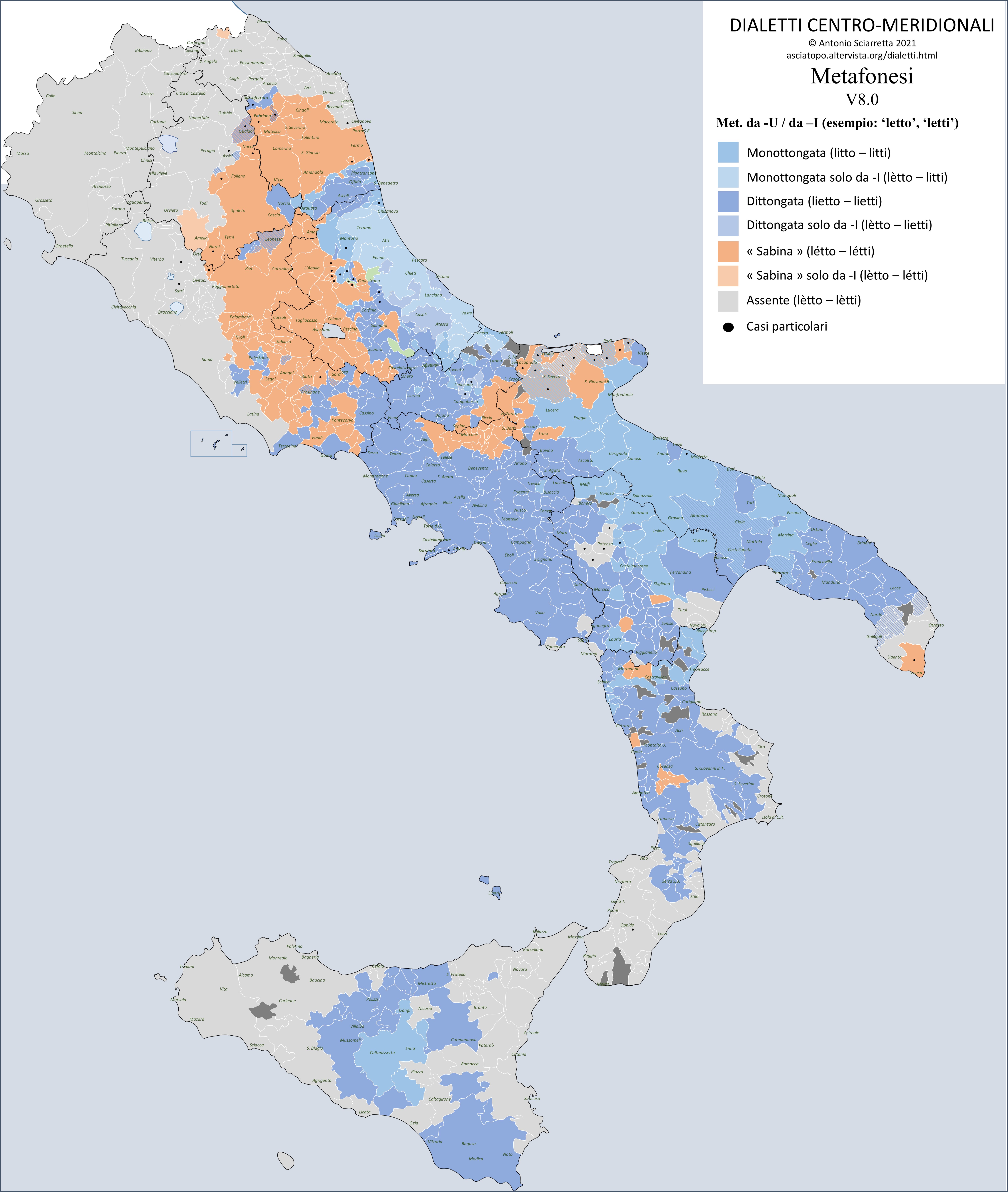ITA_Marsiliana_Imperial:MAS003___AD_465___unknown_coverage,0.091058,0.150298,0.004903,-0.050711,0.036314,-0.030957,0.00141,-0.003923,0.028633,0.030069,0.00406,0.003897,-0.008771,-0.002202,-0.007736,-0.001591,0.011995,-0.008235,-0.008045,-0.003752,-0.011105,-0.001731,0.013804,0.001928,0.010179
ITA_Rome_Late_Antiquity:RMPR30___AD_500___Coverage_79.47%,0.101303,0.147252,-0.019987,-0.054264,0.013849,-0.024263,0.000235,-0.008077,0.0045,0.020228,0.000487,0.004196,-0.011447,-0.001514,-0.016558,-0.007027,0.00339,0.003041,0.005028,0.005628,0.001996,0.001237,0.003451,0.002289,-0.003233
ITA_Rome_Late_Antiquity:RMPR31___AD_412___Coverage_88.66%,0.137726,0.142174,0.066373,0.047158,0.048317,0.008367,0.00423,0.009923,0.008795,0.004009,0.002273,0.002098,-0.002973,-0.009221,0.016965,0.021612,0.008345,0.002787,0.007793,0.013757,0.008735,0.00779,-0.003944,0.013737,-0.004071
ITA_Rome_Late_Antiquity:RMPR32___AD_500___Coverage_53.38%,0.101303,0.155376,-0.007542,-0.044574,0.021542,-0.019243,-0.00376,-0.007154,0.002863,0.023326,-0.001137,0.003297,-0.008028,-0.006331,-0.002036,-0.004773,0.005867,-0.003294,-0.005782,0.003877,0.002121,-0.004081,0.003451,-0.011568,-0.000359
ITA_Rome_Late_Antiquity:RMPR33___AD_500___Coverage_82.11%,0.124067,0.147252,0.024513,-0.012274,0.03416,-0.00251,0.00423,0.003,0.017589,0.026789,-0.003897,0,-0.012933,-0.003303,-0.005565,-0.005304,0.000652,0.00228,0.005656,-0.004252,-0.001872,0.002102,-0.005176,0.007591,-0.011855
ITA_Rome_Late_Antiquity:RMPR34___AD_500___Coverage_70.78%,0.101303,0.152329,-0.023381,-0.059432,0.007386,-0.023985,0.001175,-0.000692,-0.003272,0.018406,0.002923,0.005095,-0.002973,0.00289,-0.007465,-0.005834,0.007041,0.004054,-0.002011,0.000125,-0.006364,0.004081,0.003944,-0.003012,-0.001557
ITA_Rome_Late_Antiquity:RMPR35___AD_500___Coverage_50.76%,0.103579,0.150298,-0.011314,-0.046189,0.013541,-0.020638,0.00047,-0.008769,0.006954,0.021868,0.00341,0.002847,0.000149,-0.002064,-0.010179,-0.001724,0.008605,0.0019,0.000754,0.000125,-0.008235,-0.00136,0.002711,-0.010965,0.002395
ITA_Rome_Late_Antiquity:RMPR36___AD_500___Coverage_74.85%,0.114961,0.15436,0.003017,-0.022287,0.022773,-0.008925,0.00658,-0.003692,0.001023,0.018224,0.008931,0.001649,-0.008474,-0.009909,-0.001357,0.002784,0.002347,-0.000633,0.002263,-0.003126,0.003119,0.001484,-0.001356,0.005061,-0.000958
ITA_Rome_Late_Antiquity:RMPR105___AD_500___Coverage_72.43%,0.122929,0.146236,0.034695,-0.004522,0.040623,-0.00251,-0.00094,0.003231,0.01309,0.016766,0.00341,0.002698,-0.003865,-0.00055,0.003257,-0.004773,-0.012126,-0.006588,-0.000503,-0.001376,0.00025,0.001237,-0.003574,-0.006627,0.004191
ITA_Rome_Late_Antiquity:RMPR106___AD_500___Coverage_68.57%,0.120652,0.136081,0.042992,0.03876,0.038161,0.005299,-0.000235,0.003231,0.002454,0.008383,-0.000487,0.007493,-0.009812,-0.008945,0.010993,0.00358,-0.002477,0.003041,0.014581,-0.006628,0.01148,0.008161,0.001356,0.005543,-0.005389
ITA_Rome_Late_Antiquity:RMPR107___AD_500___Coverage_80.22%,0.119514,0.149283,-0.004525,-0.031654,0.022773,-0.02008,-0.00893,-0.004615,0.010226,0.021322,-0.000325,0.005545,-0.00223,0.00578,-0.007872,-0.007425,0.009127,-0.00038,-0.000251,0.007504,-0.003993,-0.001607,0.010106,0.00012,-0.00012
ITA_Rome_Late_Antiquity:RMPR108___AD_500___Coverage_70.45%,0.12862,0.140143,0.042615,0.006783,0.043085,0.00502,0.001175,-0.008769,0.003477,0.01385,0.000325,0.002398,-0.001189,-0.008533,0.00475,0.005171,-0.000391,0.000633,0.002765,0,0.001373,0.001237,-0.004437,0.002892,0.00012
ITA_Rome_Late_Antiquity:RMPR109___AD_500___Coverage_42.34%,0.122929,0.147252,0.039598,-0.011628,0.039392,-0.004741,0.000235,0.009692,0.018203,0.02041,-0.002436,0.012889,-0.015758,-0.014726,0.005565,0.000796,0.012126,0.002534,0.006411,-0.004502,0.005615,0.007048,-0.003204,0.011206,-0.004431
ITA_Rome_Late_Antiquity:RMPR110___AD_500___Coverage_54.33%,0.127482,0.141159,0.033564,-0.005814,0.033545,-0.006693,-0.000705,0.001846,0.019225,0.034078,0.003735,0.008842,-0.016799,-0.004954,0.00665,0.002254,0.009388,0.007475,0.010182,0.007629,-0.009733,0.004946,0.001232,-0.000964,0.003712
ITA_Rome_Late_Antiquity:RMPR117___AD_500___Coverage_65.46%,0.104717,0.150298,-0.014708,-0.039406,0.011694,-0.015897,-0.00329,-0.01223,0.003272,0.014032,-0.00341,0.010341,-0.013082,0.003853,-0.013843,0.003845,0.004303,0.006841,0.003897,-0.014757,-0.005116,-0.000495,-0.005669,0.005543,-0.00491
ITA_Rome_Late_Antiquity:RMPR118___AD_500___Coverage_51.56%,0.108132,0.145221,0.003771,-0.033915,0.020619,-0.022311,-0.002115,0.003461,0.001227,0.023144,-0.004872,-0.000899,-0.017096,-0.006055,0.000814,0.009016,0.020861,-0.00152,0.006788,0.006128,-0.003369,0.004451,0.001232,0.002771,0.001557
ITA_Rome_Late_Antiquity:RMPR120___AD_500___Coverage_44.44%,0.108132,0.153345,0.012068,-0.03876,0.016926,-0.011435,-0.0047,-0.010615,0.009613,0.023144,-0.000162,0.005845,-0.005054,0.000413,-0.009908,-0.004508,-0.011995,0.007095,0.001257,-0.000375,0.000374,0.010758,0.002095,-0.003976,0.003233
ITA_Rome_Late_Antiquity:RMPR121___AD_500___Coverage_49.71%,0.112685,0.151314,0.000754,-0.031331,0.020927,-0.007251,0.00235,-0.003692,0.005727,0.024602,-0.004872,0.01079,-0.009663,0.001239,-0.013029,-0.006232,-0.008996,0,0.007668,-0.009004,0.001622,0,0.006039,0.000482,-0.011735
ITA_Rome_Late_Antiquity:RMPR122___AD_500___Coverage_78.75%,0.102441,0.153345,0.000377,-0.044574,0.016003,-0.019801,-0.00235,0.000231,0.004909,0.031891,0.003085,0.006894,-0.013231,0.006331,-0.0095,-0.010077,-0.007432,-0.007601,0.003897,-0.005378,-0.001248,-0.005564,0.003574,0.005784,0.000239
ITA_Rome_Late_Antiquity:RMPR130___AD_400___Coverage_78.50%,0.103579,0.150298,-0.037335,-0.063308,-0.001846,-0.021753,0.00047,-0.010846,0.003681,0.030069,0.008444,-0.001948,-0.003419,-0.002064,-0.00285,-0.009546,0.002868,0.002534,-0.000628,-0.000875,0.004118,0.001855,-0.013557,-0.001325,-0.00455
ITA_Rome_Late_Antiquity:RMPR133___AD_400___Coverage_82.28%,0.108132,0.14319,-0.023381,-0.056202,0.006463,-0.020638,0.00658,0.000462,-0.005727,0.026971,0.007307,0.005245,-0.006244,-0.001651,-0.010993,0.01127,0.021122,-0.003547,0.003645,-0.005628,-0.006613,-0.003586,-0.003204,0.005422,0.005868
ITA_Rome_Late_Antiquity:RMPR134___AD_400___Coverage_71.86%,0.097888,0.151314,-0.028284,-0.059432,0.008309,-0.020917,-0.0047,-0.006461,-0.004295,0.019681,0.000162,0.004196,0.00446,0.003853,-0.006107,-0.004641,0.000913,-0.002534,-0.005154,0.00025,-0.004243,0.004204,-0.002958,0.001325,-0.002994
ITA_Rome_Late_Antiquity:RMPR136___AD_400___Coverage_86.69%,0.108132,0.149283,-0.013199,-0.040698,0.011079,-0.011435,-0.001645,-0.006,-0.000818,0.018224,0.00747,0.001199,-0.003568,0.004679,-0.008007,-0.001856,0.00339,0,0.005782,-0.005753,0.000125,0.006059,0,0.000964,0.003952
ITA_Rome_Late_Antiquity:RMPR137___AD_400___Coverage_76.65%,0.110408,0.15436,-0.018856,-0.052003,0.010463,-0.008367,0.00047,-0.008538,-0.006954,0.028793,0.005846,0.005845,-0.012785,-0.007019,-0.017372,0.003845,0.007432,0.000887,-0.000126,-0.007629,-0.009483,0.000247,-0.000616,-0.002289,-0.003113





